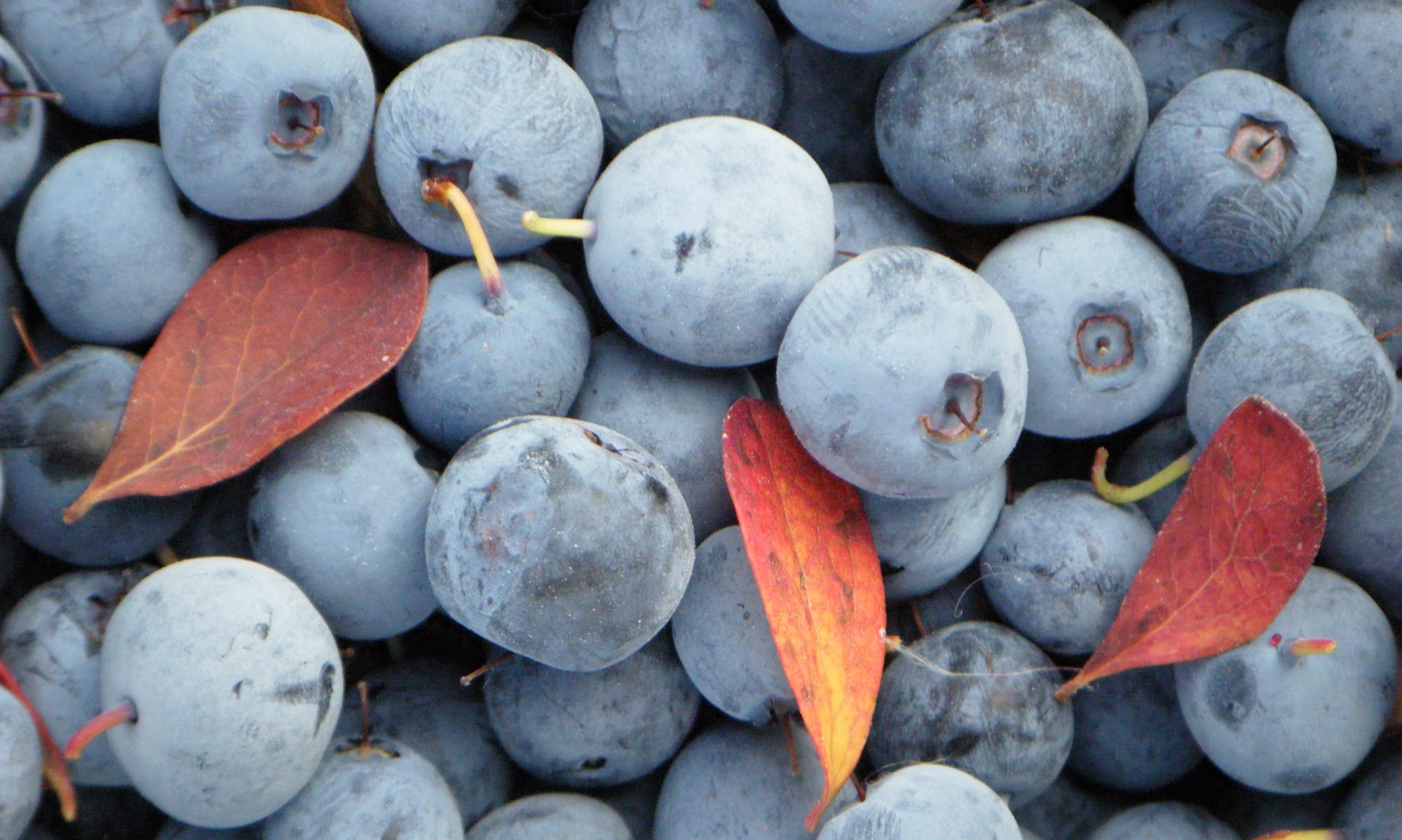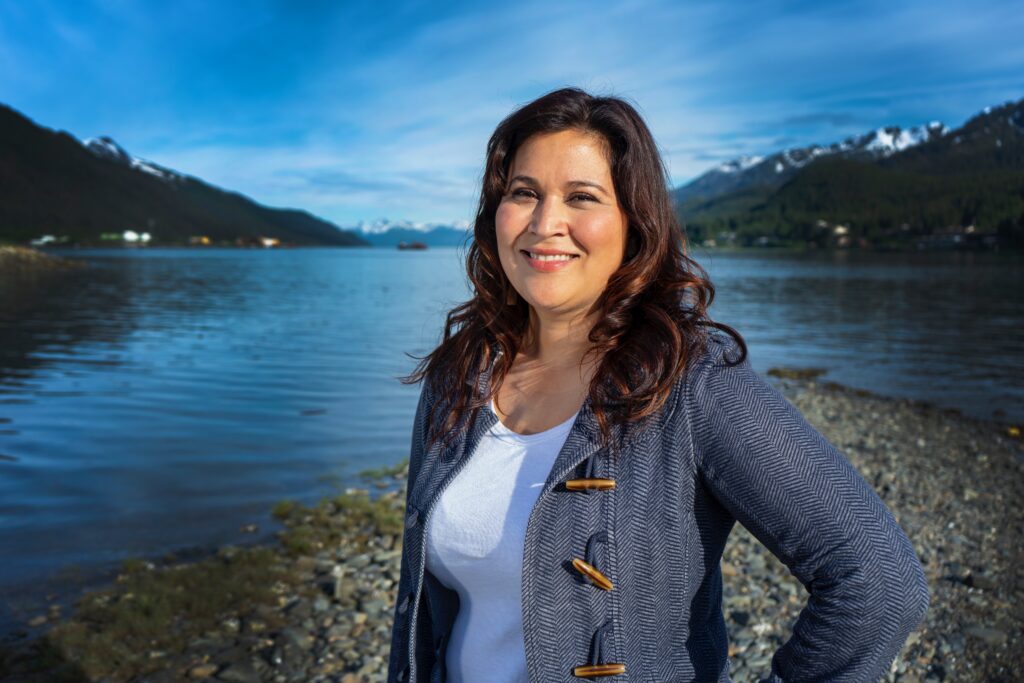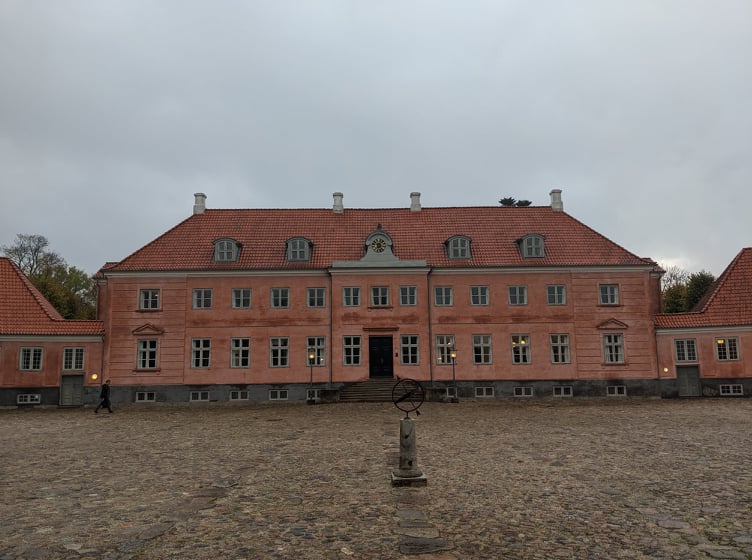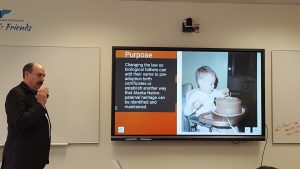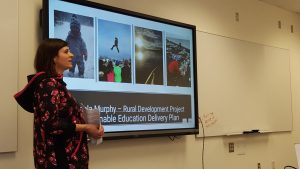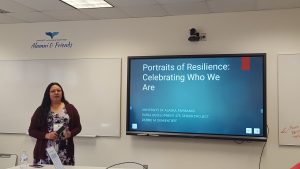Addressing Alaska Native Corporations and Their Need to Open Enrollment for “New Natives”
Adapted from “Case Study of Doyon Limited and Calista“
by Jolene Nanouk DANSRD student
The Alaska Native Claims Settlement Act (ANCSA) was enacted on December 18, 1971, allowing Alaska Natives born on or before this date with 1/4 blood quantum to be enrolled as shareholders in the village and regional corporations they wished to enroll in (Linxwiler, n.d.). Twelve regional corporations and just over 200 village corporations were formed because of ANCSA. Regional corporations own the subsurface rights of the land and village corporations own the surface rights of the land. Shareholders have the responsibility to keep these Alaska Native Corporations (ANCs) sustainable, protect the land and allow their ANCs to be profitable, and provide for their shareholders via electing their Board of Directors to help run these ANCs.
ANCSA is celebrating its 50th anniversary since it was established. Since then, the 1991 Amendments, which originated as 1991 resolutions that were adopted in March of 1985, allowed individual corporations to open enrollment for those born after the ANCSA enactment (“1991 Amendments – Alaska Federation of Natives Newsletter” 2021). 50 years later, 6 of the 12 regional corporations have opened enrollment for their “New Natives” or “Afterborns”, allowing them to enroll into their regional corporations and become active members of their corporations. The 6 regional ANCs are Ahtna, Arctic Slope Regional Corporation, NANA, Doyon Ltd., Sealaska Corporation, and just recently Calista Corporation (Sullivan 2021). These ANCs have different types of classes of stock issued for enrollment such as life stock, stock for 1/4 or more blood quantum, stock for 1/4 or less blood quantum, lineal descent enrollment, a stock with votes for 18 years of age and older, and even Elder stock. Each ANC is different, and to be honest, it dilutes the value of the existing stock, but by not opening enrollment, it disenfranchises what is our birthright as Alaska Native people to be landowners of our communities and regions. Therefore, it is up to each ANC to decide what type of stock to issue if they choose to open enrollment within each village and regional corporation. The issue is that there is the remainder of the regional and village corporations who have not opened their enrollment, and how these corporations plan to continue if they only rely on the descendants who have inherited/gifted shares.
The case study I reviewed is two regional corporations: Doyon Limited and Calista Corporation. These two regional corporations have opened enrollment to those born after December 18, 1971. There are similarities and differences regarding the way they opened enrollment and how their companies have shared information with their shareholders. Before I review these corporations, I will go over “wise practices” used in regards to promoting opening enrollment and how these practices should be used to promote this type of community development for the future of Alaska Native Corporations and their stakeholders.
Wise Practices
When the 1987 Amendments were passed, I was attending an Alaska Federation of Natives (AFN) Elders and Youth Leadership Conference in Anchorage, Alaska. What struck me, was when a small Inupiat woman named Marie Greene stood in front of all the youth and said very boldly “A Native is a Native is a Native!” Visionaries like Marie KasaNnaaluk Greene were advocating for change. In the Arctic Sounder Newspaper, published on August 8, 2014, it states “NANA Regional Corporation president and CEO KasaNnaaluk Marie N. Greene doesn’t differentiate when it comes to her corporation and her people. They are one and the same.” (Arctic Sounder, 2014). Marie Greene who had advocated for change and seeing everyone as the same regardless of the ANCSA date of enactment sets precedence for others to follow change and it is unlocking grassroots action for change and seeing this change through a different lens like Foucault explains regarding power and leadership and to becoming “self-determining agents that resist and challenge power structures” (“Community Development in Action: Putting Freire into Practice: Ledwith, Margaret.)
Advocates like Marie Greene, voicing concern regarding the issue of leaving out those born after the ANCSA enactment, communicating with others about the issue, raising awareness, advocating for change, including all people to be involved, and bringing up discussions to why it is important for their people, their company and their future are “wise practices” as an example for others to follow. Her regional corporation, NANA, had opened enrollment for those born after the ANCSA enactment.
Case Study
In order to understand the process of opening enrollment, a letter of intent was sent out to 5 of the regional corporations that had opened enrollment. Doyon Limited graciously replied and shared with me their wise practices. One important aspect is communication. Communicating with shareholders, with community members, and with family and friends. The corporation went to the villages, held meetings in the schools or places big enough to meet at, and communicated with all those about the issue of opening enrollment. In addition, they communicated through surveys: surveys were sent to the original shareholders and asked if they would like to open enrollment. Once the shareholders decided on opening enrollment, another survey was sent out to decide what type of shares should be distributed. Listed below are the types of shares Doyon Ltd. chose to do based on the surveys and communicating with their shareholders. They also did videos to inform the shareholders and had many special newsletters sent out regarding enrollment. The major role players participating in the discussions were the board of directors and youth advisors regarding this issue.
Within the Doyon website, access to videos on their portal includes videos that their shareholders voiced on “what it means to be a shareholder” as well as an informative video regarding questions on records and class stock. Class C stock is available for children who are descendants of original shareholders of Doyon Class A, B, C, or D shareholder, ¼ or more Alaska Native blood quantum, born after December 18, 1971, and not enrolled into any other regional corporation, Arctic Village, Venetie or Metlakatla. Doyon Limited’s website is very informative for their shareholders and makes accessibility to knowing what is happening for their shareholders and very transparent in how they run their business. (“Records & Stocks – Doyon, Limited” 2019).
Calista Corporation has recently opened their enrollment to their descendants, using the use of life estate stock meaning that the stock/shares would go back to the corporation once the shareholders pass away. One thing Calista chose to do is have the open enrollment as lineal descent rather than requiring their descendants to be ¼ Alaskan Native blood quantum. The Calista Corporation went from 14,000 Class A or B shareholders to an additional 12,000 Class C and D shareholders, with maybe another 17,000 who have missed enrollment. The voting on adding the descendants into their corporation was passed in 2015, but it took until 2017 to enroll the additional 12,000 Class C or D shareholders. The process of opening enrollment given this information provided by Calista sounds like it takes time with the process of communication, being transparent, using surveys, understanding what the original shareholders want, and implementing what they would like to do.
Calista’s website for their shareholders is also very informative, using videos and a welcome packet pdf that can also be viewed online. Within the welcome packet, the information given in these categories includes:
- Shareholder Benefits: Shareholder Hire Preference, Job Opportunities, Talent Bank, Dividends, Scholarships, Burial Assistance.
- Shareholder Rights: Elect Directors to the Calista board, Run for A Seat on the Board of Directors, Shareholder Resolutions, Amend Bylaws, Review Records, Be Informed.
- Shareholder Responsibilities: Be Engaged, Voting Your Proxy, Helping Calista Meet Quorum, Keeping your information up to date, Completing a Stock Will or Beneficiary Designation form.
- Access to Resources: Shareholder Web Portal, Contact Information. (“Welcome New Shareholders – Calista Corporation” 2020).
Wise practices that utilize resources available to your shareholders, using communication whether through technology, verbally holding meetings to provide information and feedback, surveys, videos, newsletters, and in-person through email or at the buildings provided are excellent ways to reach out to others. Communication, transparency, advertisements, being informative, educating others, working together, thinking ahead, and being accessible and accountable for the action of the company is important for the community development of these two corporations. These tools of “wise practices” and examples that these two regional corporations have can be used to help the ANCs that have not opened enrollment, and allow the ANCs to move forward if they are considering it.
Conclusion
Who will benefit from this knowledge of wise practices for open enrollment in ANCs that have not opened enrollment? The question answers itself, everyone and every ANC that has not opened enrollment. All ANCs need to continue to advertise, communicate, be transparent, use newsletters, hold special meetings, post videos, blogs, and surveys to find out what the shareholders foresee in the future of their corporations. By using these types of wise practices, the ANCs can find out whether or not their shareholders would like to open enrollment, and if they do, they can figure out what type of stocks they would prefer to have: life estate stock, a stock that is open to those turning 18 or not, a stock with or without voting rights based on age, stock restrictions based on blood quantum or lineal descent, and then restrictions of those who can and cannot apply (such as whether or not they are already enrolled in and received stock from a different ANC). Although these wise practices cannot solve the issue of opening enrollment, it is a start for ANCs to consider. The use of these wise practices can help the ANCs interested in opening enrollment, and help give ideas of what each ANC should consider regarding the process and options that the shareholders have to decide on if they chose to move forward.
The real question is understanding whether or not the original shareholders understand that the continuation of gifting and willing shares can cause dwindling of stock, unfairness that not all descendants would become shareholders, and how the future of the ANC would look another 50 years from now if they continue to push aside not opening new stock for all those born after the ANCSA enactment. The concern is not just for the rest of the regional corporations that have not opened enrollment; it is also for the village corporations who may or may not be barely hanging on, based on how well they are making it after 50 years. The concern of protecting the land base in the villages, the future of our people, and where they are living. This whole issue has so many concerns not just on the business side of community development, but how our people are “one and the same,” as Marie Greene stated, and deserve to be treated equally and be able to voice their concerns regarding the ANCs. The ¼ blood quantum issue is also concerning, and lineal descent can be an answer, but it all depends on the current shareholders and what they feel about whether or not to enroll them, and if so, does it matter if you are ⅕ Alaska Native or 24%, Alaskan Native, to qualify for enrollment. We all come from the same ancestors, we live on the same land, and we should be qualified to take care of the land and its resources like our ancestors once did and for what our leaders fought for 50 years ago. We need a mindset like Marie Greene, where “a Native is a Native is a Native”, and be willing to think ahead together as one.
Please consider those who may not have had inherited shares, because all the shares might have been willed to one person and not equally distributed amongst family members. Also, the gifting of original shares dwindles and over time, becomes barely anything. A solution to this problem is to open enrollment for those who were born after the ANCSA enactment and to include everyone. The future generations’ blood quantum will continue to get smaller as time passes, and the process of allowing kinship and lineal descent as a qualification rather than blood quantum should be considered.
In conclusion, all ANCs will have a tool of past open enrollment ANCs to look upon, especially for the village ANCs which I am concerned about. Identifying what would work best for each ANC, observing and using what current ANCs have done, and understanding that the future of the ANCs depends on these future descendants and the work put into advocating for our land rights based on why ANCSA was passed would not have been done for nothing, because all the descendants and our future will be able to continue to take care of our lands and continue to run these ANCs for the betterment of our people. This truly is why all ANCs should be opening enrollment.
Acknowledging the future of the ANC, acknowledging the future generations and their responsibilities need to be addressed now by allowing the ANCs to incorporate new shares for those being left out. We need to become whole again as a people, and this is just one step in addressing this issue. Now is the time that we can work towards a healthier future for our ANCs, our land, and our people.
References
Alaska Newspapers, Inc. 2014. “Greene to Retire after 13 Years at Helm of NANA.” Thearcticsounder.com. 2014. http://www.thearcticsounder.com/article/1432greene_to_retire_after_13_years_at_helm_of.
“Community Development in Action: Putting Freire into Practice: Ledwith, Margaret.
Linxwiler, James. n.d. “THE ALASKA NATIVE CLAIMS SETTLEMENT ACT: THE FIRST TWENTY YEARS.” Accessed October 23, 2021. https://ancsa.lbblawyers.com/wp-content/ uploads/ANCSA-Paper-with-Table-of-Contents-1992.pdf.
“1991 Amendments – Alaska Federation of Natives Newsletter.” 2021. Alaskool.org. 2021. http://www.alaskool.org/projects/ancsa/articles/afn_newsletters/afn_newsletter.htm.
“Records & Stocks – Doyon, Limited.” 2019. Doyon.com. 2019. https://www.doyon.com/shareholders/records/.
Sullivan, Meghan. 2021. “ANCSA@50: The Next Generation of Alaska Native Shareholders.” Indian Country Today. Indian Country Today. July 26, 2021. https:// indiancountrytoday.com/news/ancsa-50-the-next-generation-of-alaska-native- shareholders.
“Welcome New Shareholders – Calista Corporation.” 2020. Calista Corporation. January 16, 2020. https://www.calistacorp.com/welcome-calista-corp-shareholders/.
